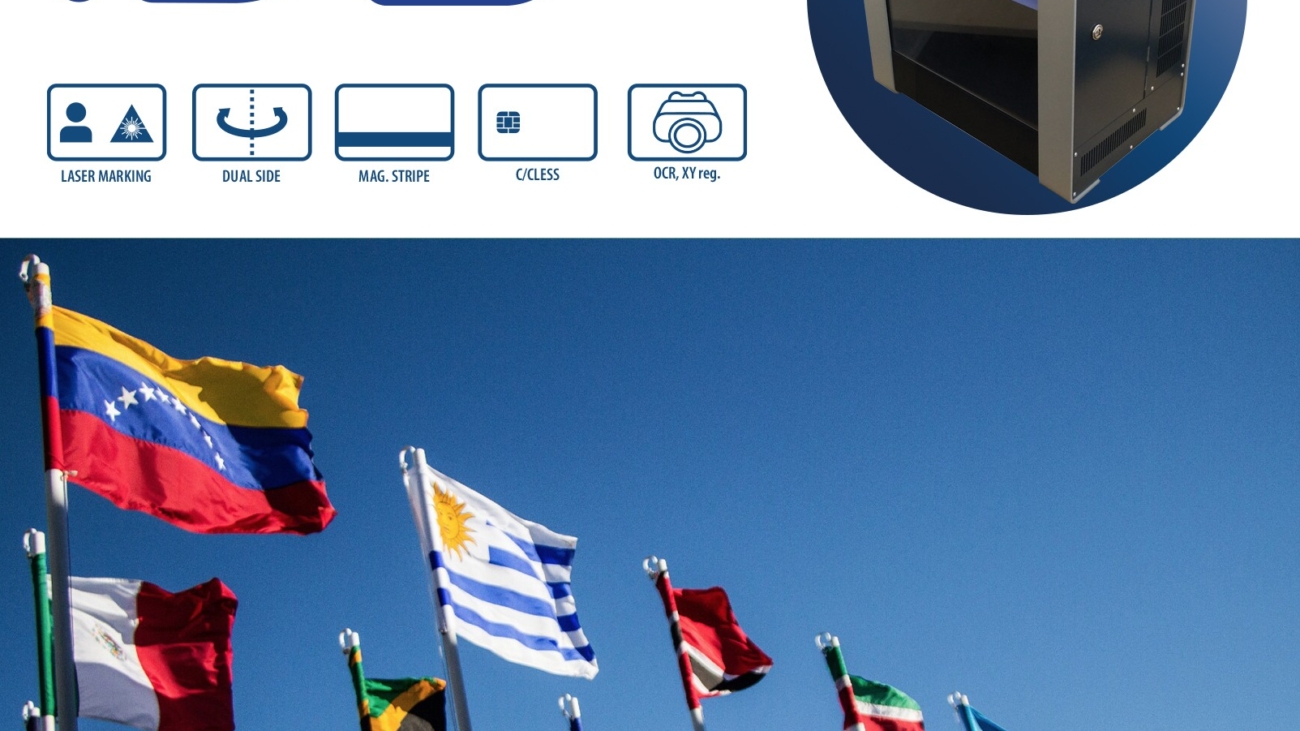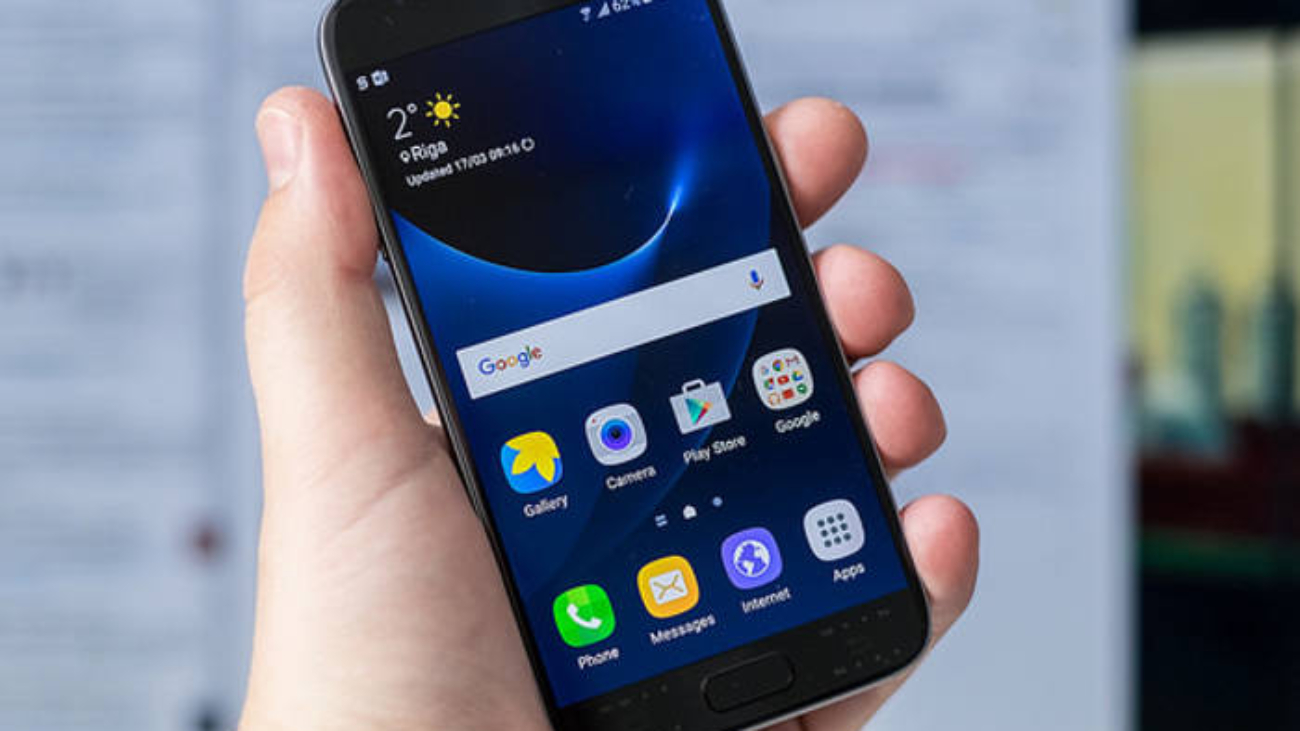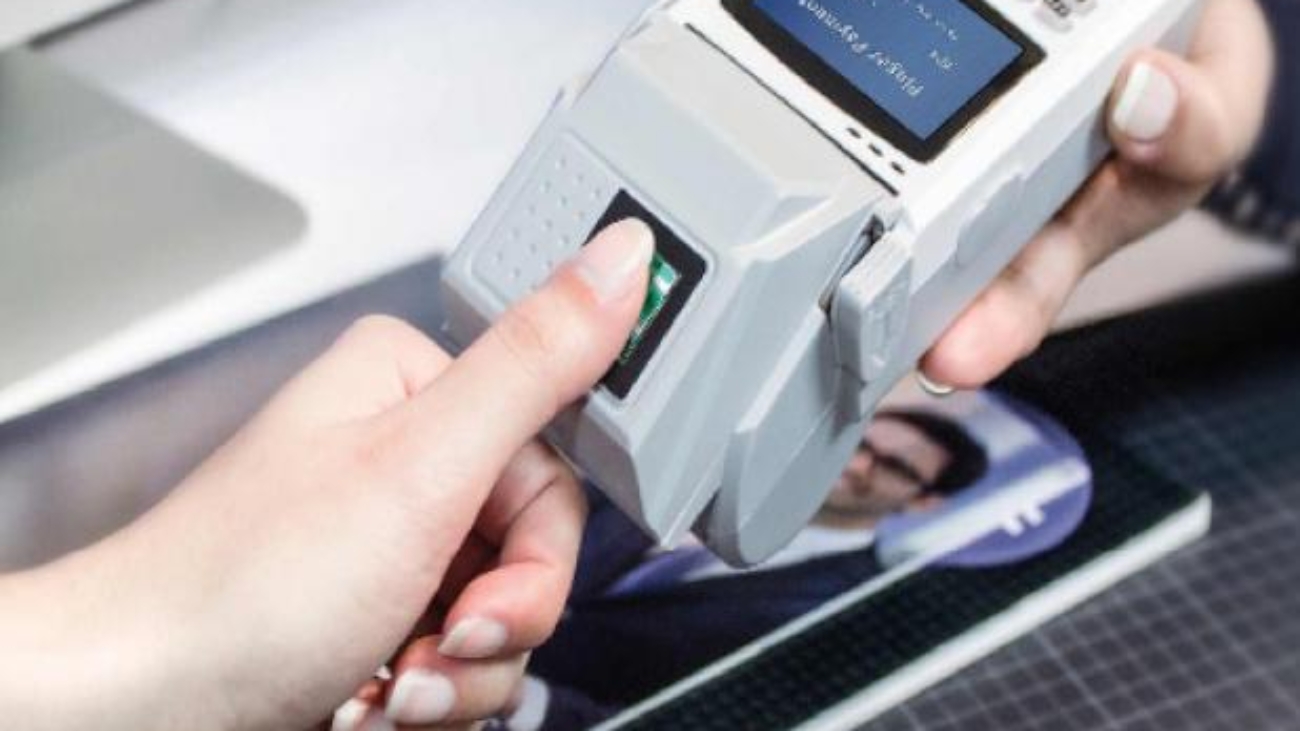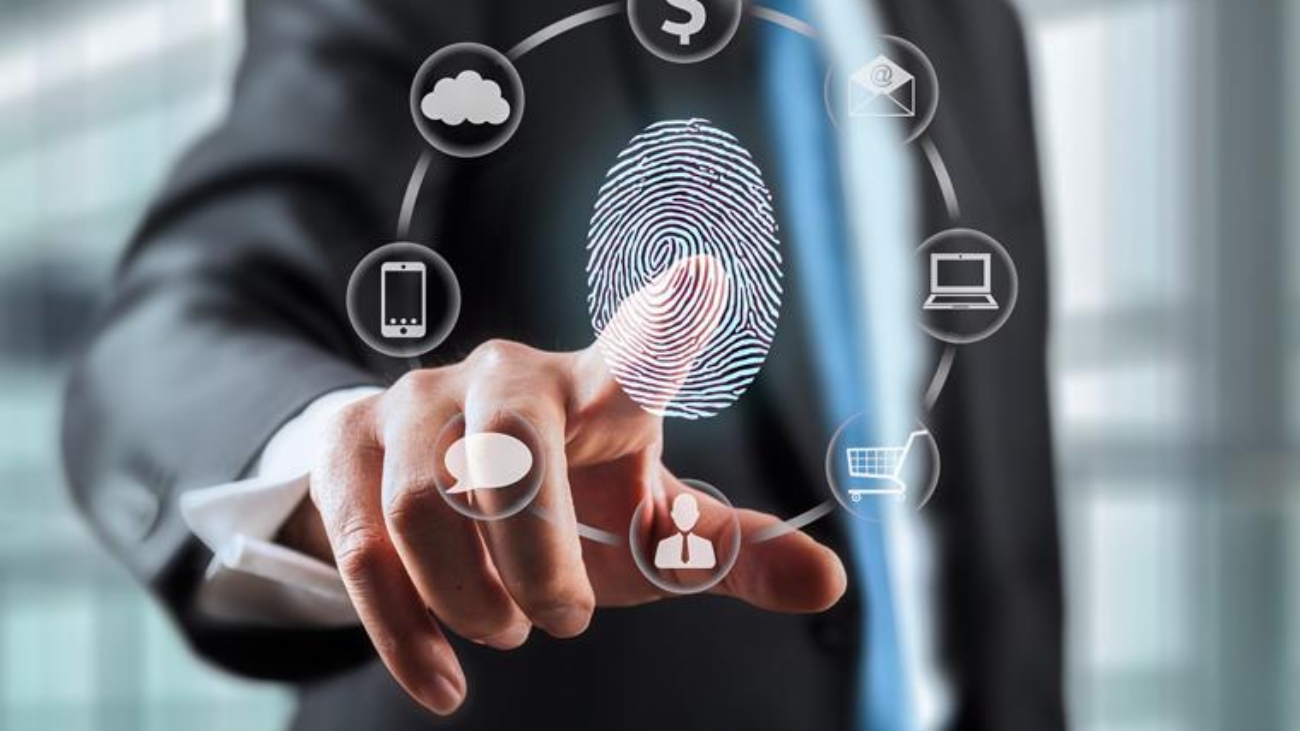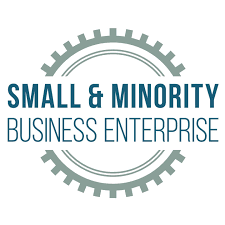Several banks, fintech, and financial services companies have found partners to provide biometric authentication for secure onboarding and transactions, with facial, finger vein, and voice recognition.
Santander Argentina has tapped FacePhi and its partner Compusistem to provide biometric onboarding through the SelphID facial recognition product, according to an announcement from FacePhi.
SelfID will be used for onboarding through iOS and Android mobile apps, as well as the bank’s website.
Santander Argentina has 460 branch offices and 3.7 million clients, making it the country’s largest private bank by savings and volume of credit, the announcement says.
“Argentina is a strategic market in our expansion, where we maintain a strong setting up through different organizations that have been using our technology for some years now,” notes FacePhi CEO Javier Mira.
FacePhi says its customer base increased by 13 in 2019, and is now over 40 organizations, mostly in financial services, with some in healthcare.
Fingopay trials biometric bank retail system
Fingopay and payments company Reflow are trialling a strategic open banking retail system, enabling live bank-to-bank payment with Finger VeinID. The partnership reduces costs for retailers and merchants making bank-to-bank transactions, and lowers settlement to three hours, instead of the three to five-day lag typically associated with card payments, according to a company announcement.
Fingopay, which uses Hitachi’s VeinID technology to enable fast, secure transactions, is planning its global launch for later this quarter from its Manchester headquarters.
“Our biometric finger vein payment technology offers an innovative and unique way for Reflow to combine bank-to-bank payment with physical, face to face payments at point of sale, and this trial demonstrates the future potential of this type of identity authenticated customer experience,” comments Nick Dryden, CEO of Fingopay parent Sthaler.
Matches are made against a cloud database in two seconds, and no card or mobile device is needed to complete a payment.
ValidSoft implemented by financial services company
ValidSoft voice biometrics are being integrated with banking and bookkeeping services from Amaiz through a new partnership announced by the companies.
Amaiz customers can perform transactions through all channels with the security of biometric voice recognition, eliminating the need to use a password or security device for access, the companies say.
“Amaiz are at the forefront of digital banking and innovation in financial services; they’re prepared to think differently about security and are passionately concerned with meeting and exceeding their customers’ expectations in new and exciting ways,” says ValidSoft CEO Pat Carroll. “Our world leading voice biometric solution will enable them to deliver on those expectations. We look forward to a fruitful partnership.”
Latvian bank offers remote biometric onboarding
Latvian bank Luminor has partnered with fintech company Ondato to offer remote customer verification for onboarding with a biometric selfie and ID document solution. The technology integration allows Latvians to open a bank account by using an electronic signature or a Smart-ID Qualified application without visiting a branch.
The new remote identification solution leverages multi-level verification checks, according to eh announcement, including reviews of customer data and documents in databases and registers.
“Ondato is the industry leader in innovative technology solutions, offering digital identity authentication services. Collaboration with Luminor is the best example of how fintech companies and the banking industry can combine their experience to leverage the digital potential of new technologies for the convenience of their customers,” states Liudas Kanapienis, CEO of Ondato.
Signzy onboarding solution wins Indian award
An AI-based video KYC solution has won regtech startup Signzy the Most Innovative Fintech Data Solution Provider award for 2020 from the Internet and Mobile Association of India (IAMAI), according to a company announcement.
The Real Time Digital Onboarding for Current Account Customers product provides real-time customer onboarding, identity verification, and fraud detection for banks and financial institutions.
“As Signzy wins for the third consecutive year (2018-2020), we are humbled by the achievement and look towards contributing to the future of Digital Banking with more innovative and AI-enabled solutions. We dedicate this achievement to all our customers, who presented us with opportunities, our investors for their constant support and confidence and our employees, who have been a pillar of strength,” says Ankit Ratan, co-founder of Signzy.
By: https://www.biometricupdate.com/

